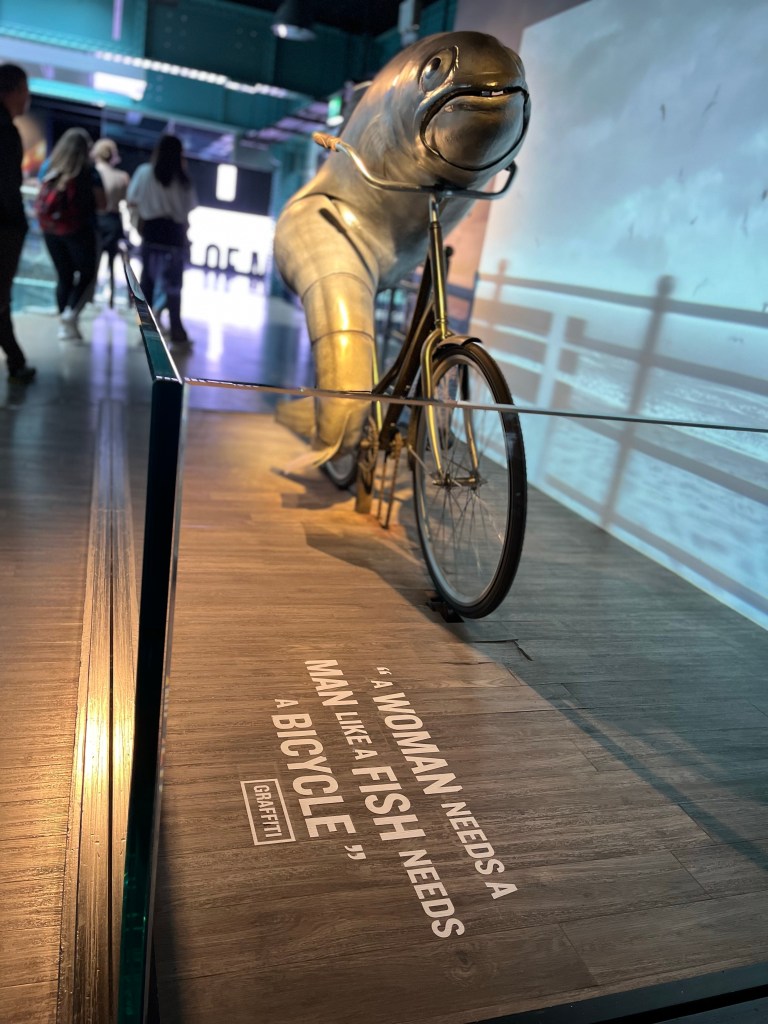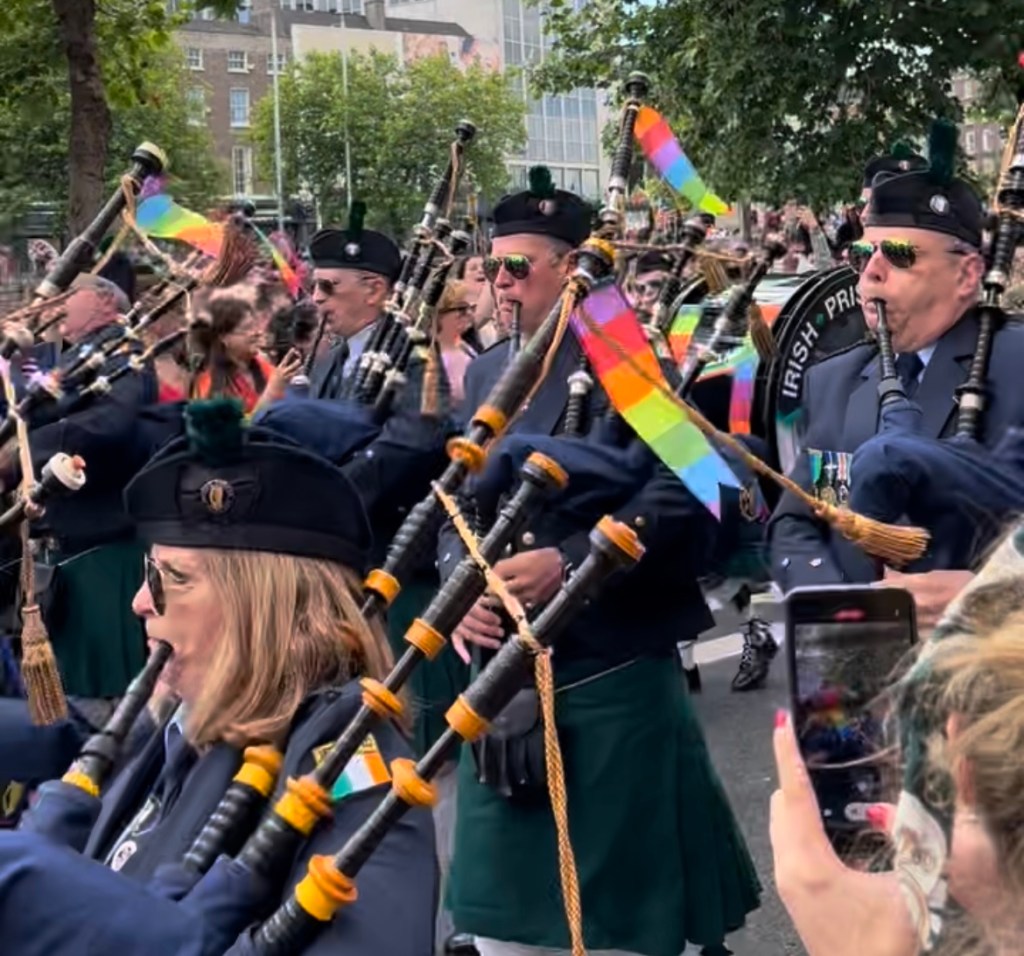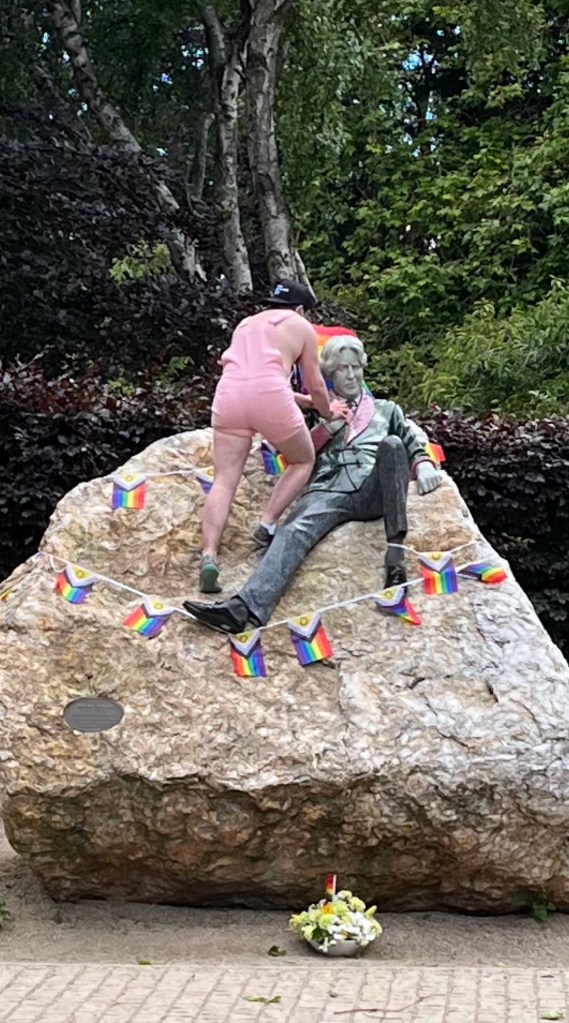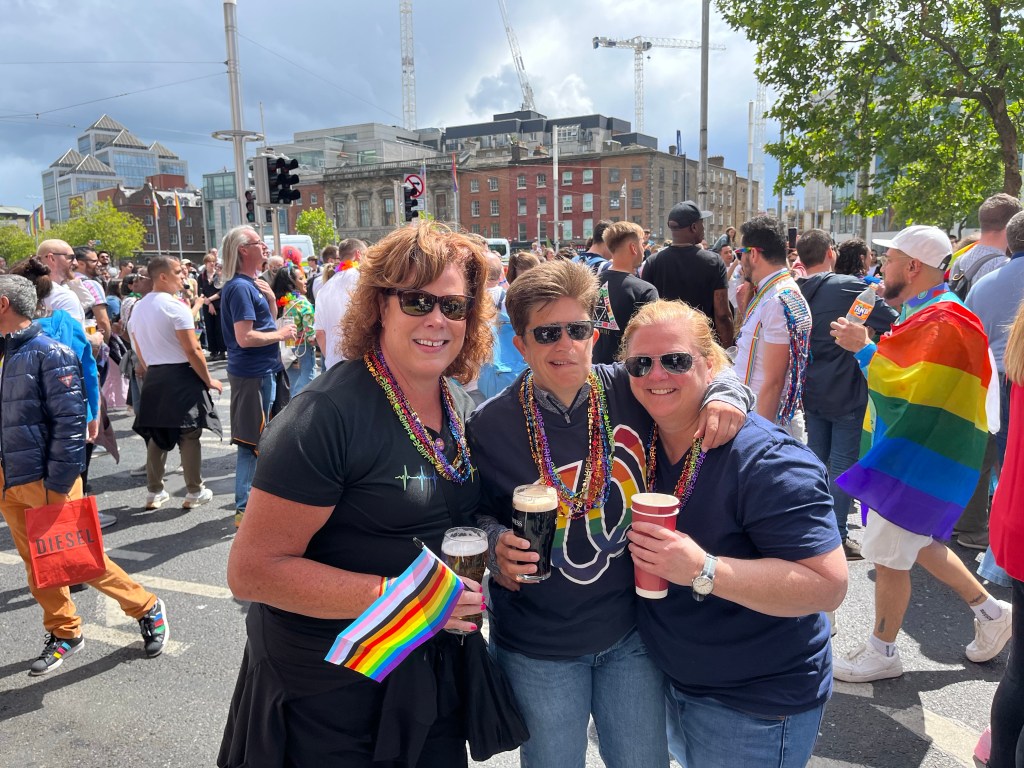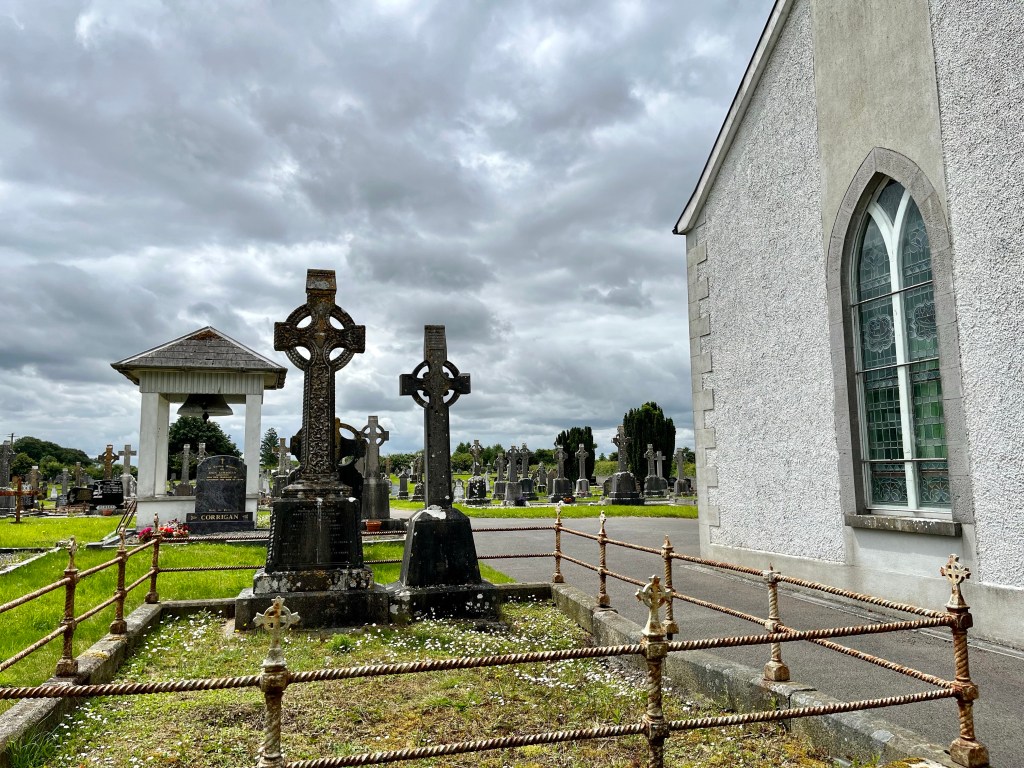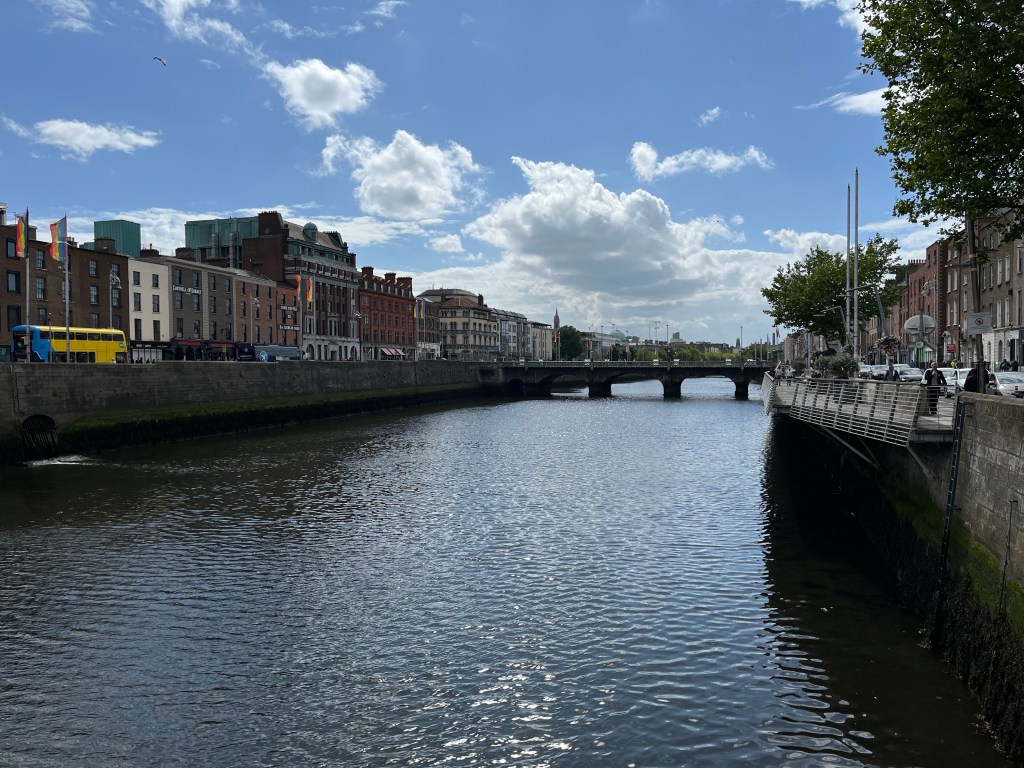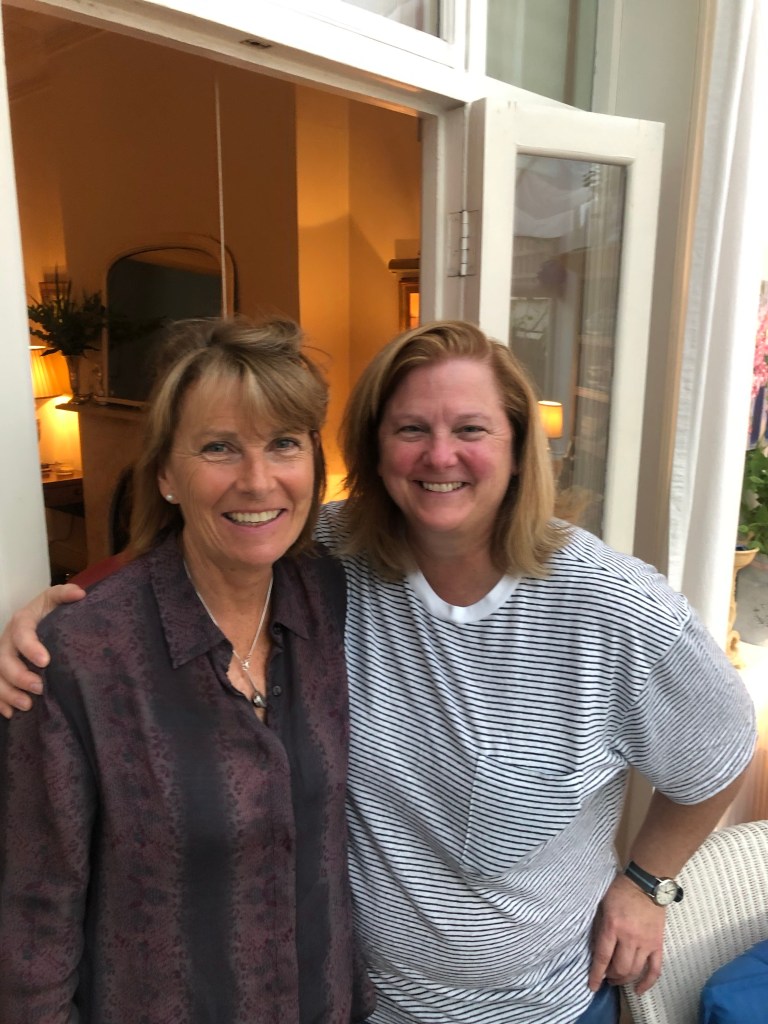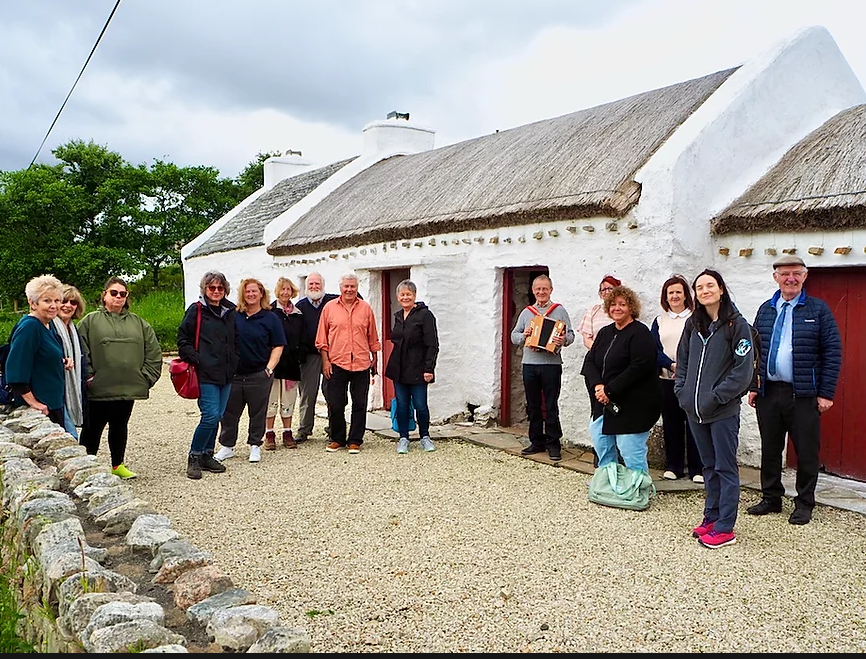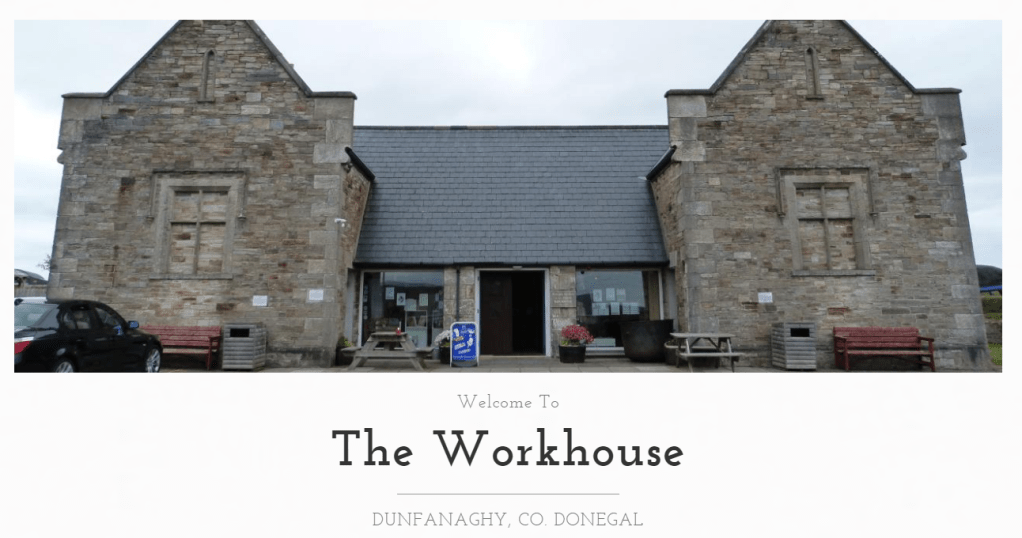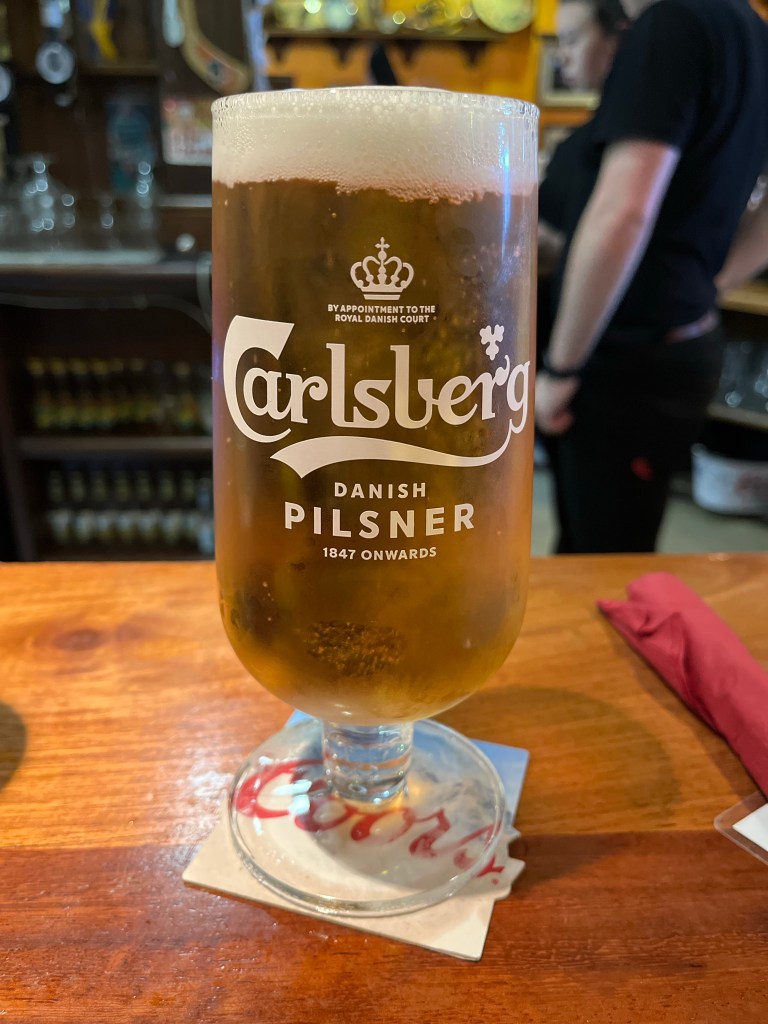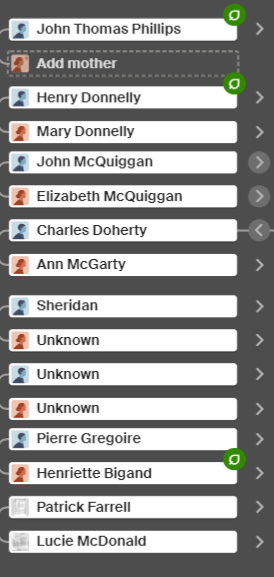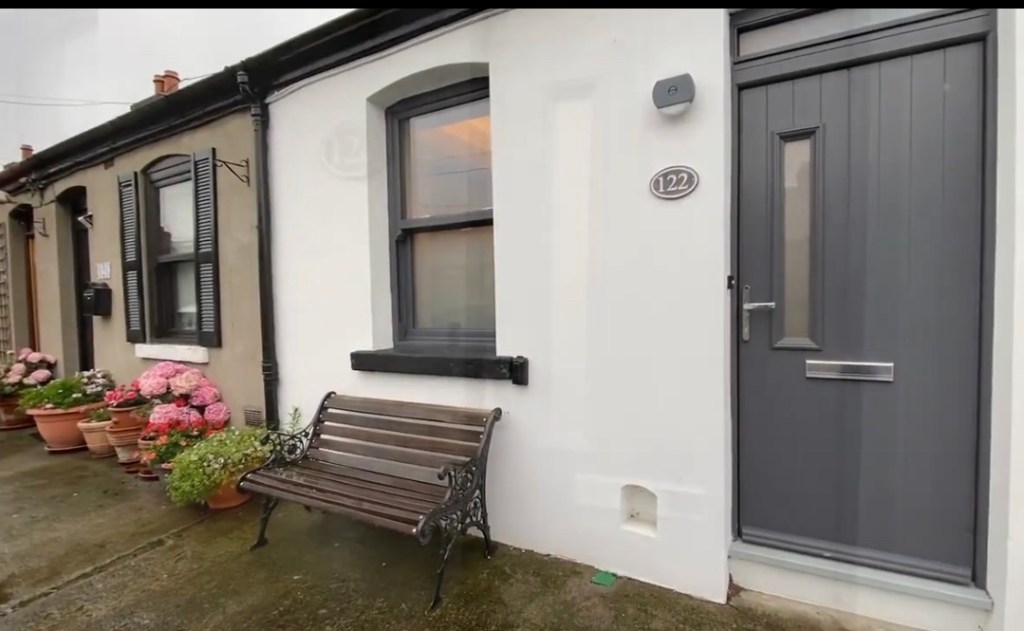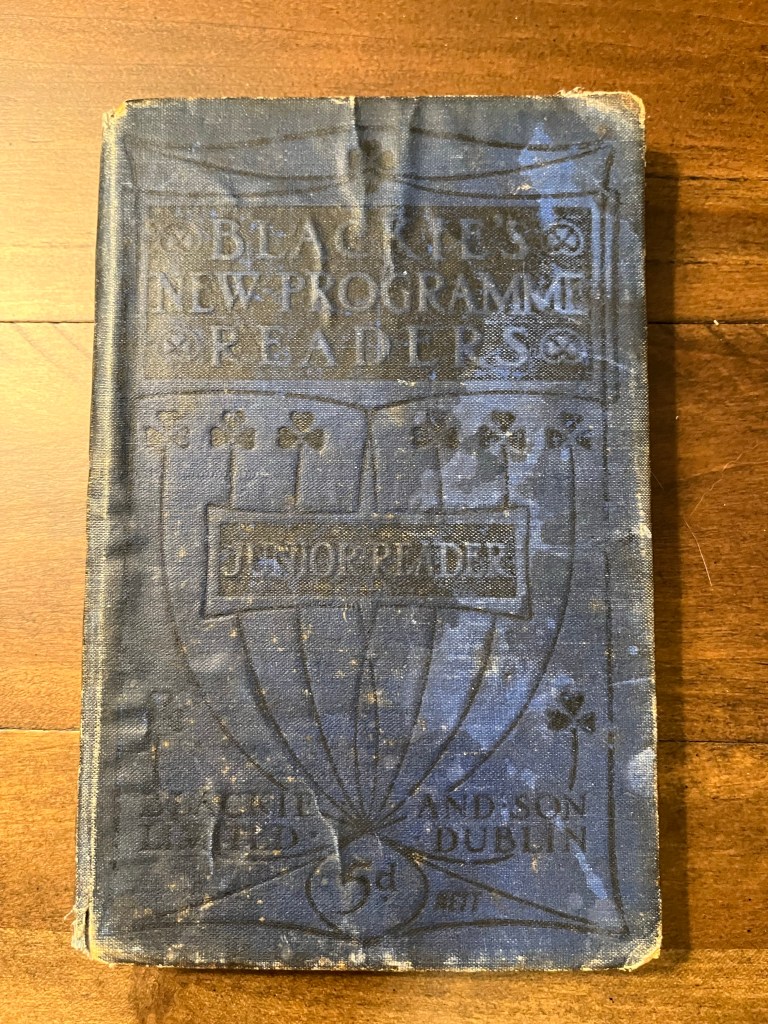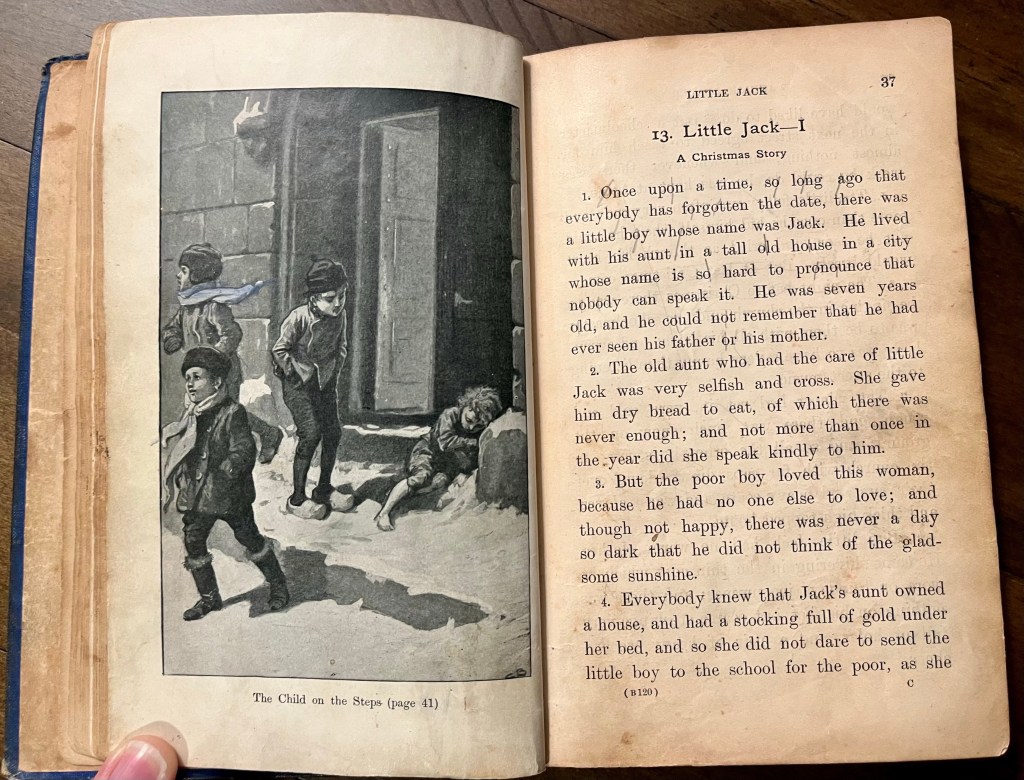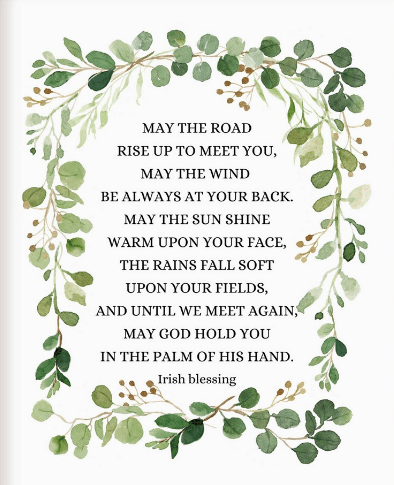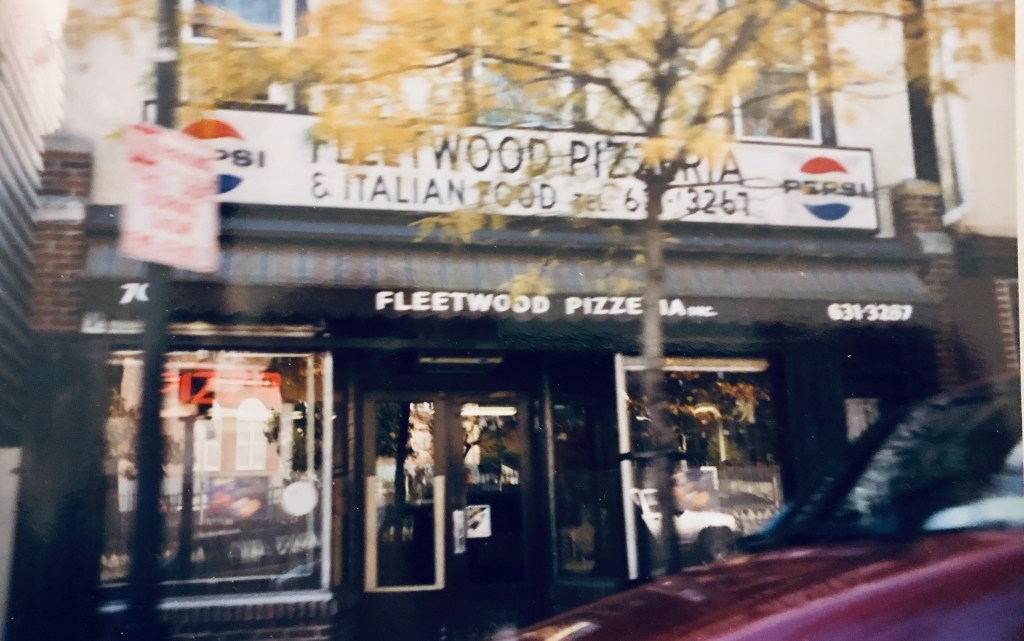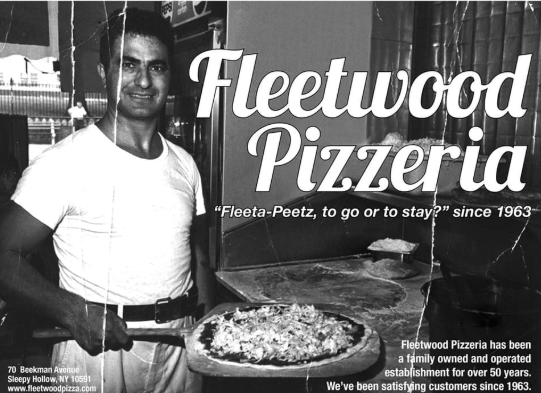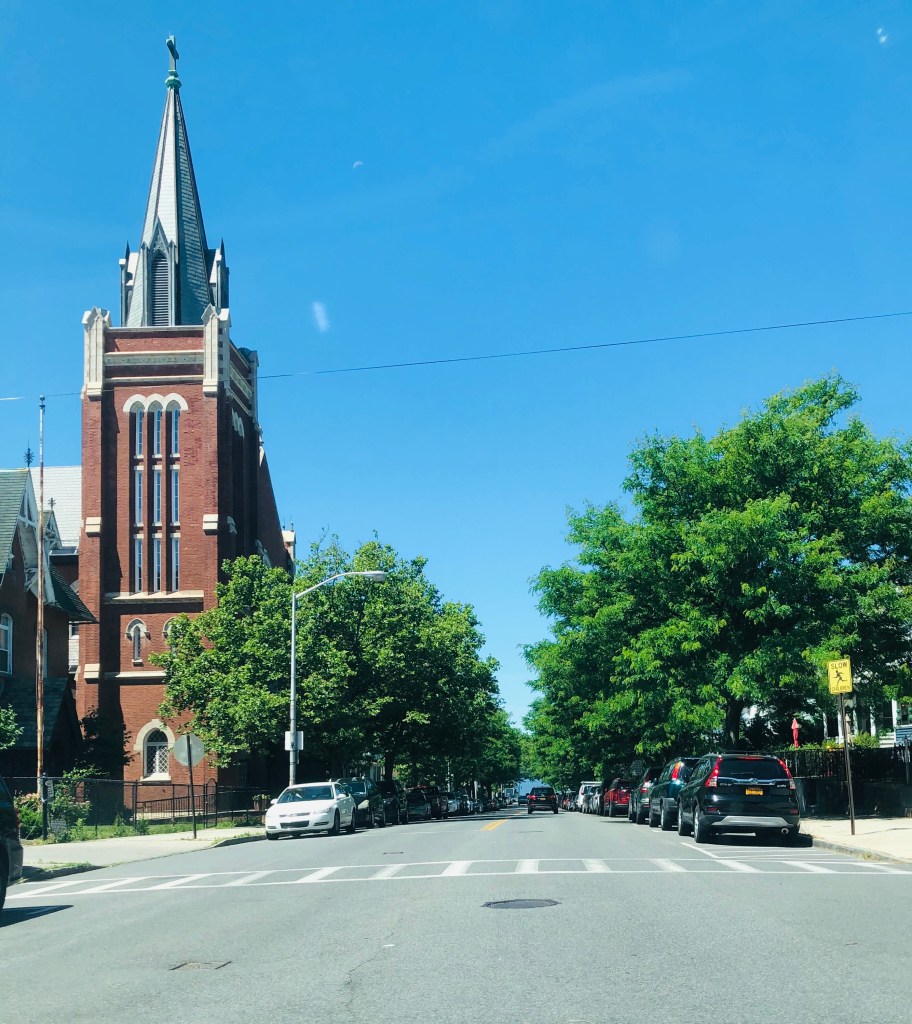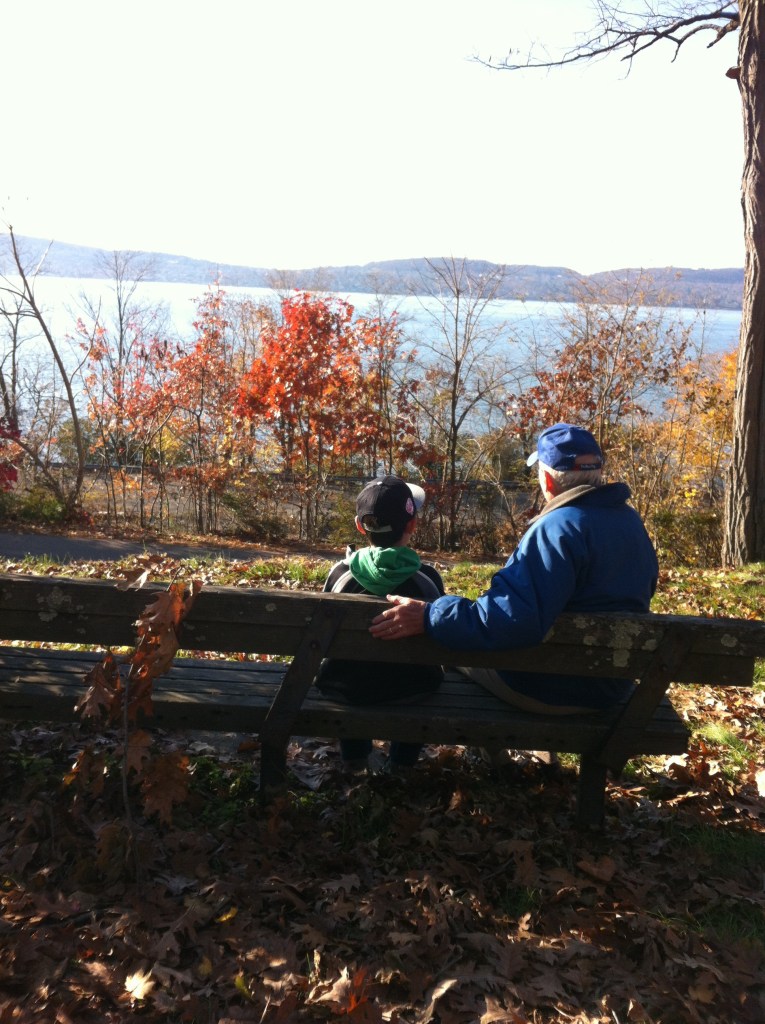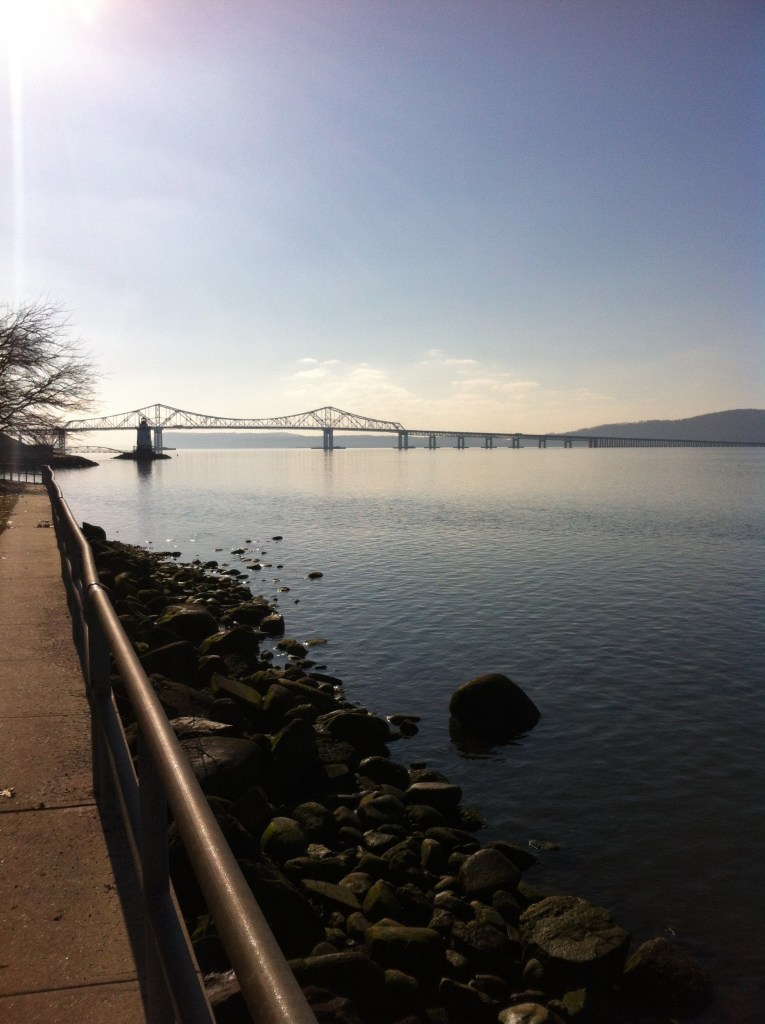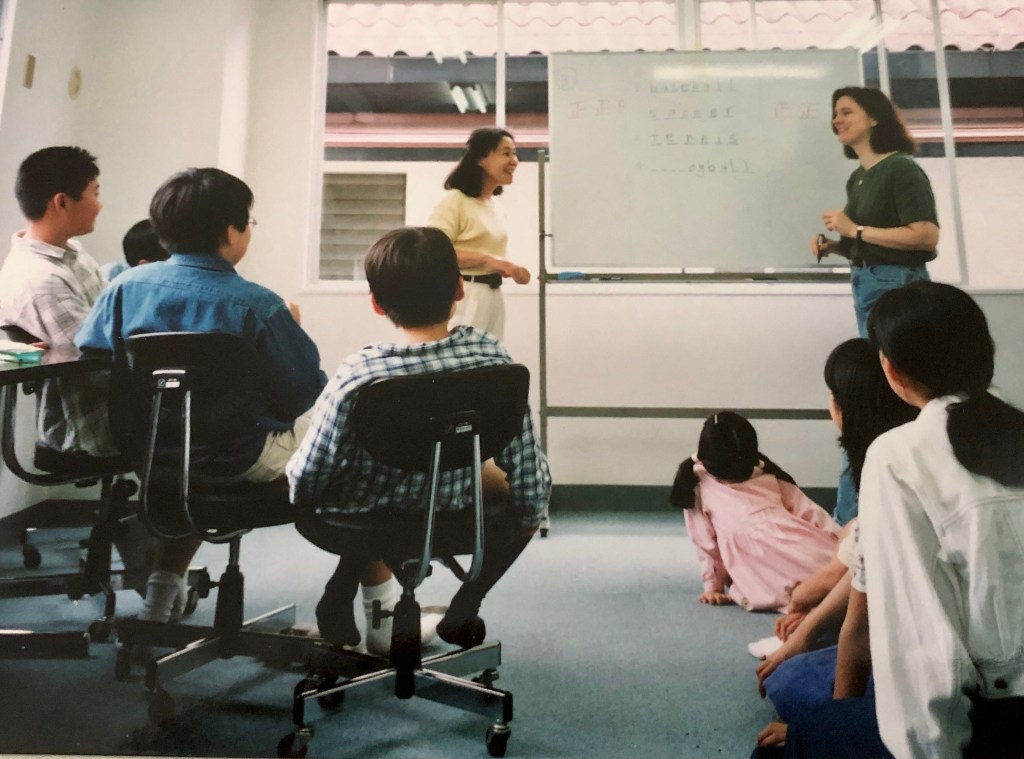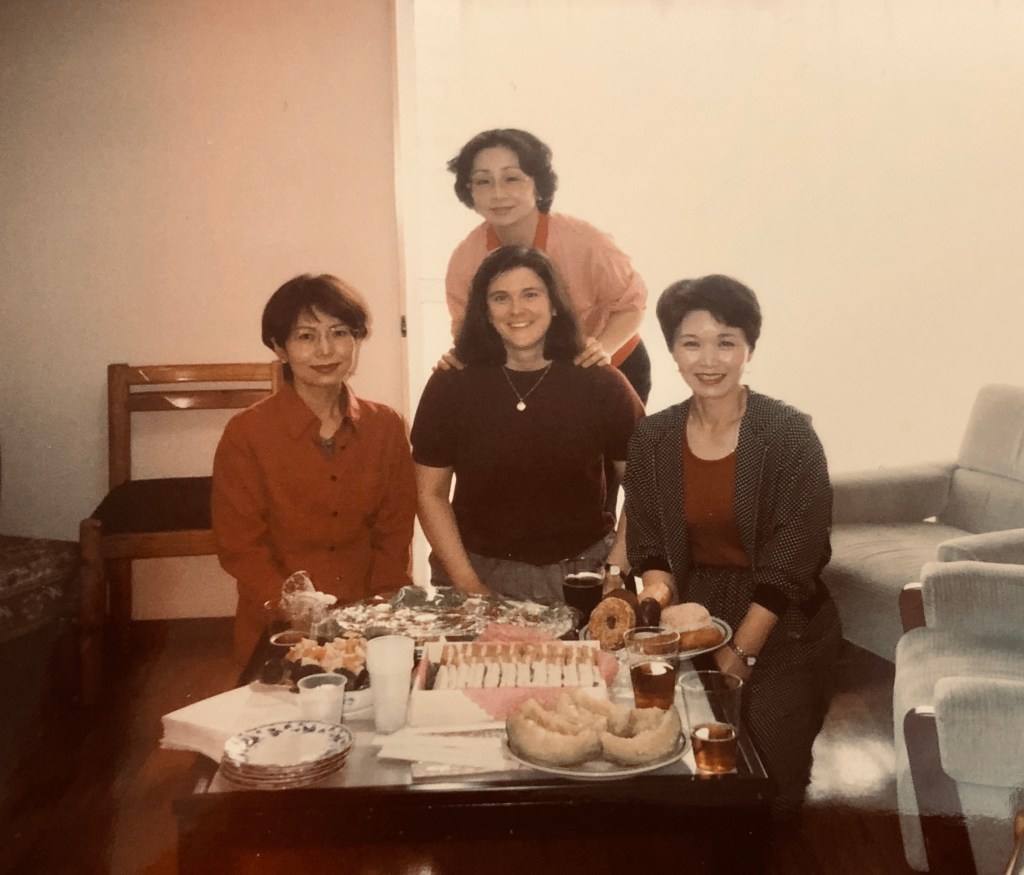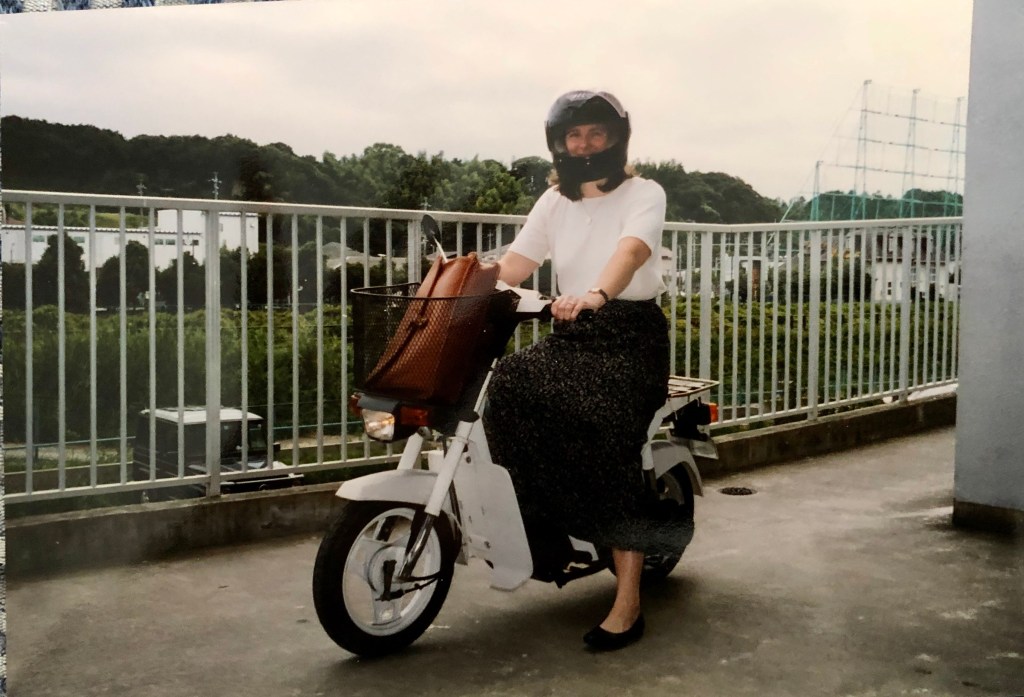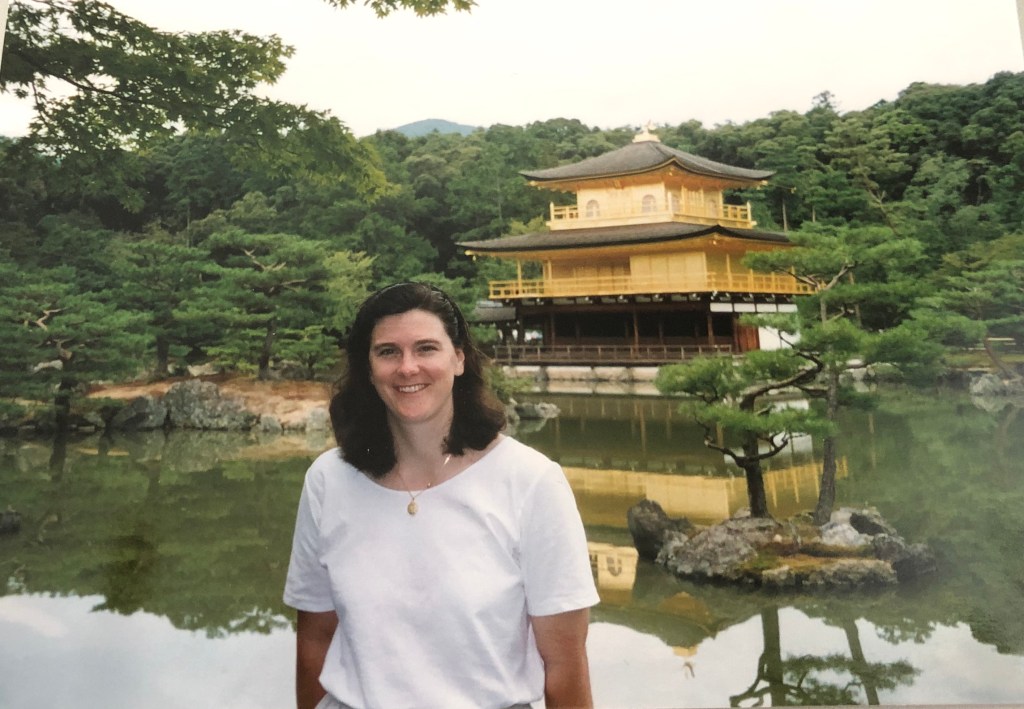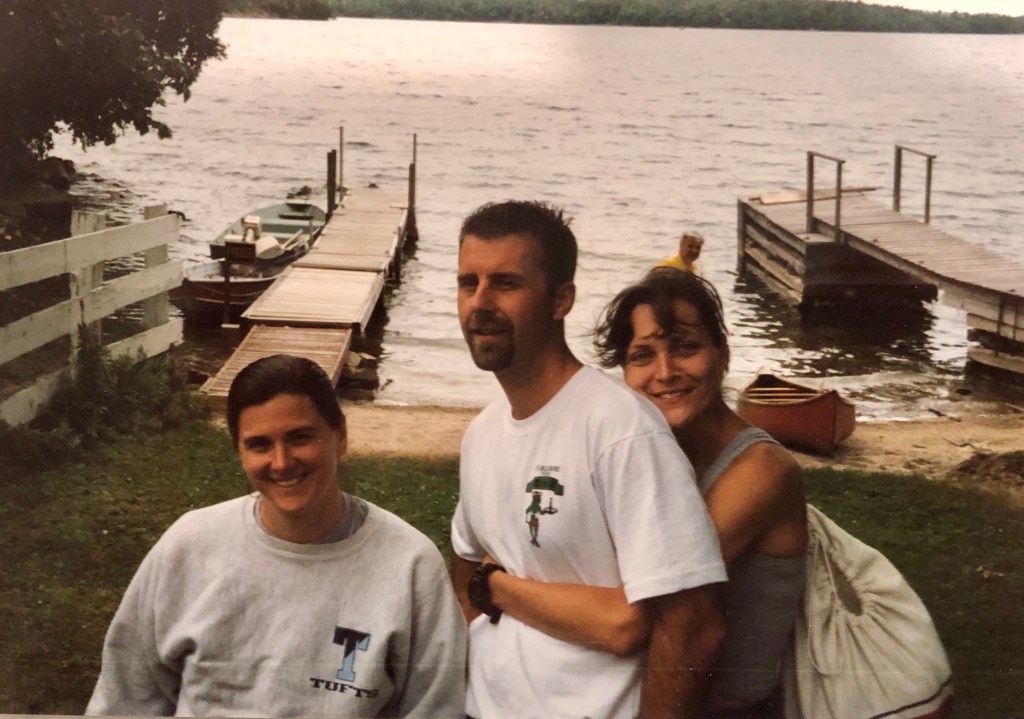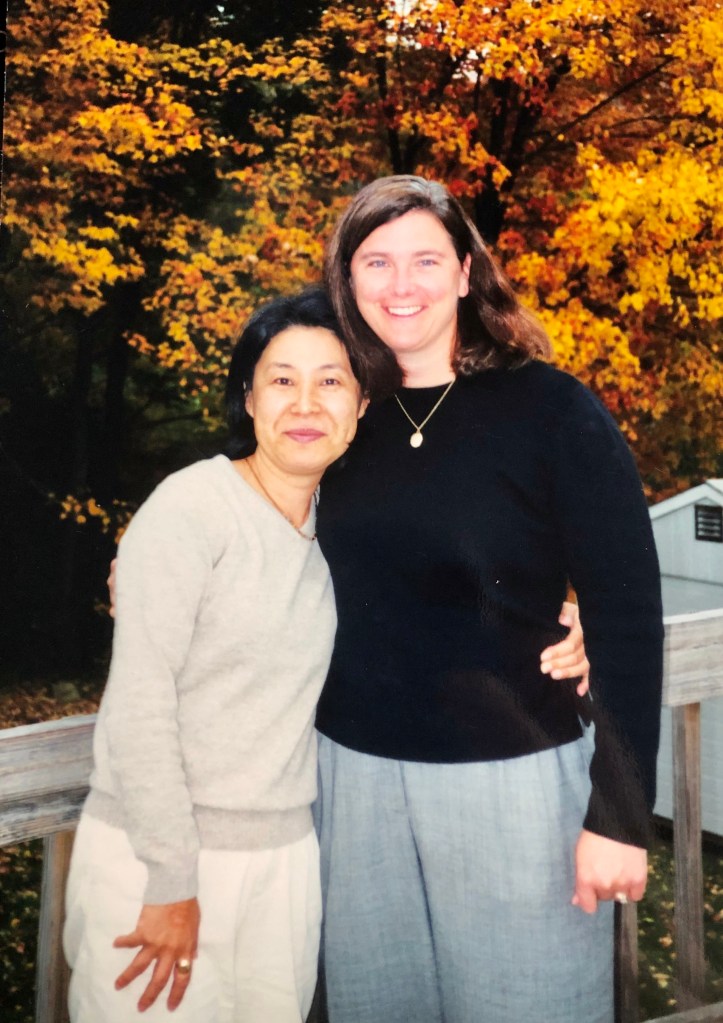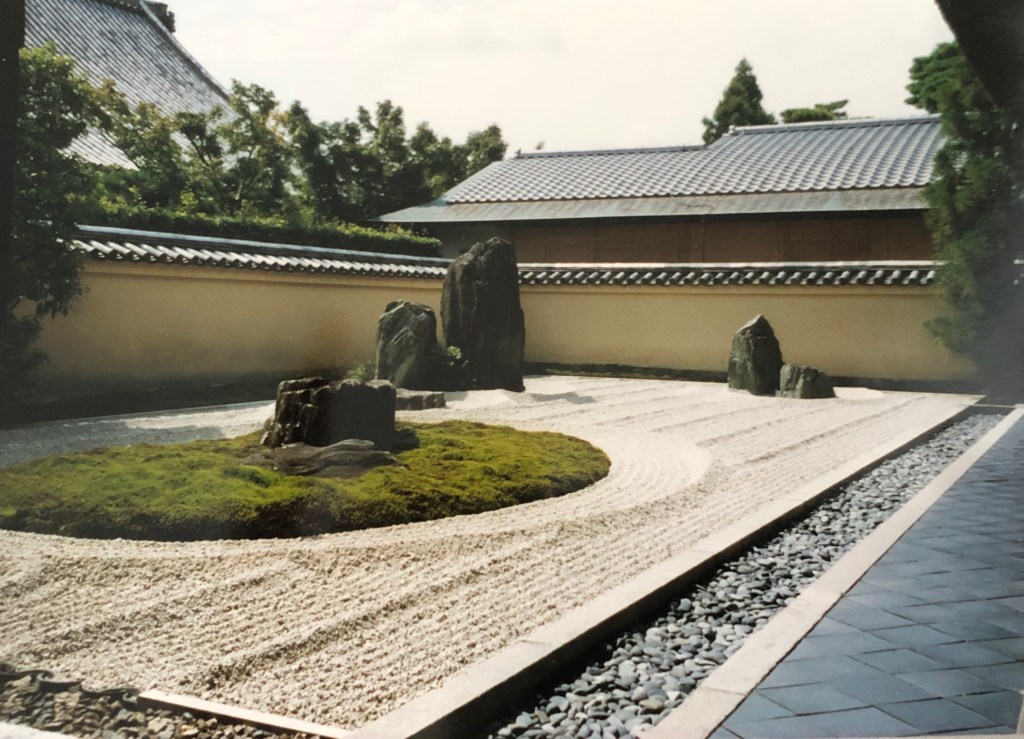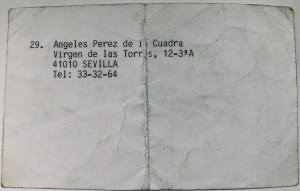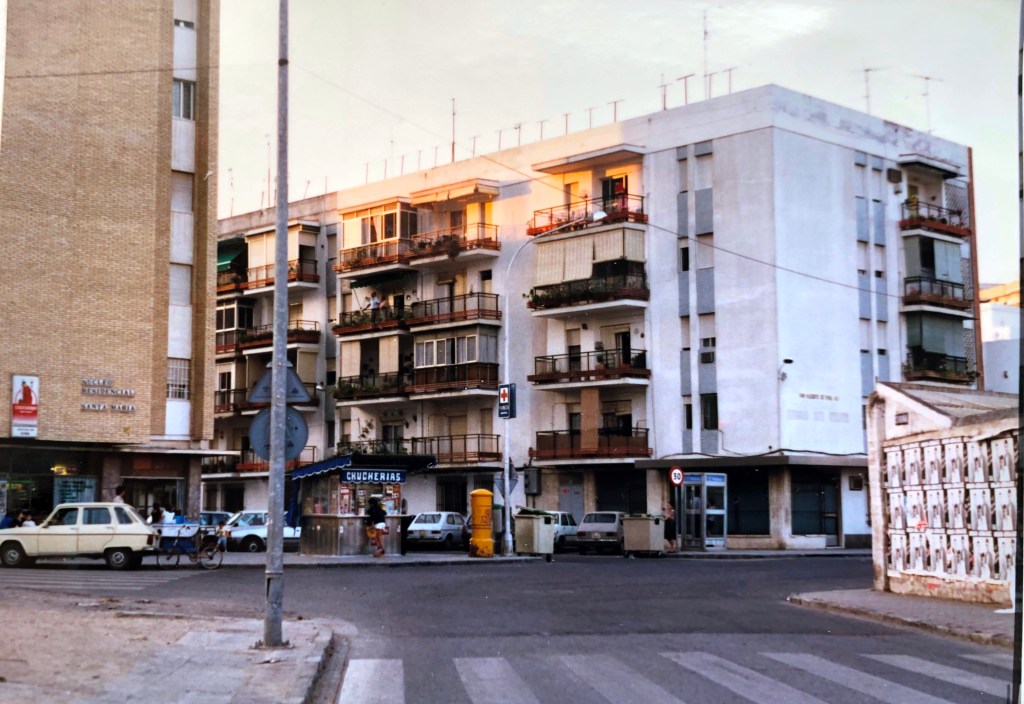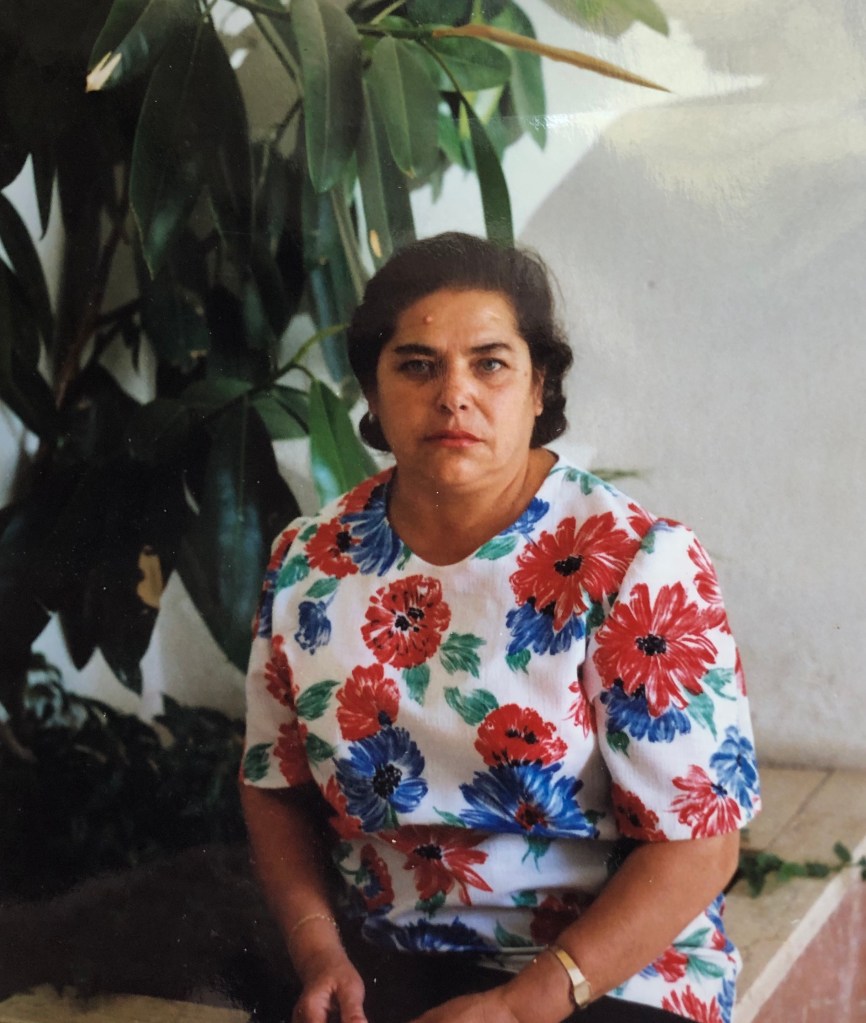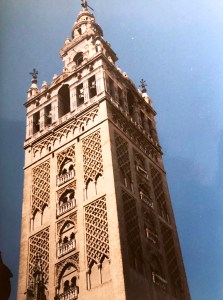
Kenmare
My third and fourth weeks in Ireland were the “sightseeing by myself” portion of the trip. I made two separate treks during those weeks where I left most of my stuff at the Airbnb in Dublin, threw on my backpack, and took the train across the country to see new things.
The first trip was to Galway. I saw the gorgeous Cliffs of Moher, one of the country’s most-visited sights, and spent two nights in pubs listening to traditional Irish music. I really enjoyed my time there.

But it was in Kenmare, a small town in County Kerry, that I had some of my best days in Ireland. Along the way, I was reminded that sometimes the most memorable experiences can result from not having everything planned out ahead of time.
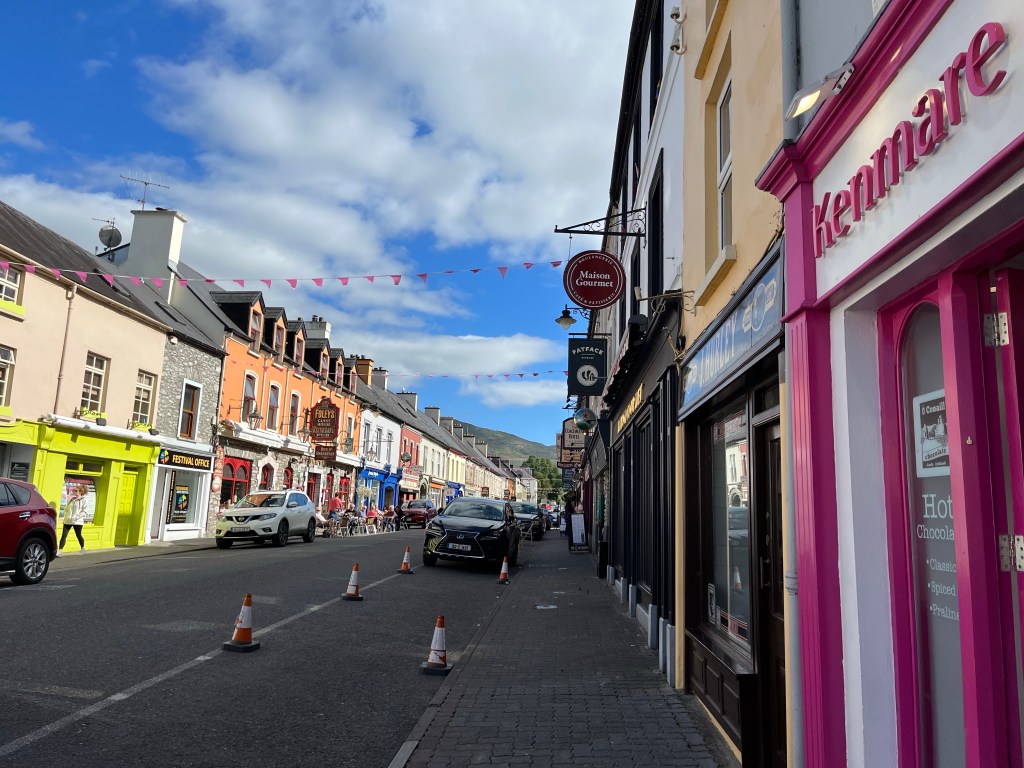
My natural inclination is to make sure things are in order. I make lists. My house and my classroom are organized down to the inch. I am most comfortable when I know exactly what to expect. I know this is connected with anxiety – controlling the circumstances and environments around me makes me feel calmer.
This presents obvious problems. It’s one thing to have a maniacally organized closet; it’s another to be thrown off when you’re not able to prearrange the details of every situation.
I kept a journal in Ireland, and as I reread the earlier entries last week, I was surprised at how many times I mentioned feeling unsettled that I didn’t know where I was going for the third and fourth weeks of the trip.
And yet, forcing myself to sit with a little bit of uncertainty paid off.
My original plan was to go to the writer’s retreat in Donegal, then spend one week in Dublin, one week in Galway, and one week in Cork. It would’ve been easy to map out my steps for each city before arriving in Ireland.
But then a friend suggested getting a place in Dublin for three weeks and using it as a home base for short trips to other cities instead of dragging all of my luggage around and moving each week. That sounded like a better idea.
I also decided it would be best to wait until I arrived in Ireland to determine where to go during the last two weeks. That would allow me to get a sense of what else I wanted to see besides Donegal and Dublin. It seemed logical at the time, but as the trip grew closer, I started to worry about it.
The night after I arrived in Ireland, I asked my new Irish friend Catriona and her husband Jim where they would suggest going, and both spoke highly of a town on the Ring of Kerry called Kenmare.
I was only vaguely familiar with the Ring of Kerry, a 110-mile route around the Iveragh Peninsula in the southwestern part of the country. I first learned of it last year while reading Dave Grohl’s memoir. I was intrigued to hear a shaggy-haired rock ‘n’ roll drummer call the place “a corner of the earth that I have always adored: a place of serenity and natural beauty.”
After hearing what Catriona, Jim, and Dave Grohl had to say about the area, I decided to spend four days there during the last week of my trip.

A common way to see the Ring of Kerry is to take an all-day bus tour. The weekend before traveling to Kenmare, I tried to line one up. I called a local bus company and spoke to a driver named Andy.
On their webpage, the company advertised tours of both the Ring of Kerry and the Ring of Beara. I had never heard of the Ring of Beara and asked what the difference was. He was covering the phones for the owner and couldn’t speak to availability, but was helpful in answering questions about the two peninsulas and suggested I call back on Monday.
If I couldn’t line up a tour, he told me, he could give me his number and he’d be happy to take me out to see either route on Tuesday or Wednesday evening. Because it stays light out until well after 10 p.m. in Ireland, timing would not be a problem.
I was hesitant. This guy was very friendly and knowledgeable, but would it be safe to be in a vehicle one on one with a man I had never met?
I called the owner Monday morning before my train left for County Kerry and there were no tours I was able to join. I had not been able to set up anything else with other local companies either.
I decided to call Andy back.
I was still unsure about trusting a stranger but decided to go with my gut feeling, which was that he was a driver for a well-established company in the area and it would be fine.
So Andy and I chatted and agreed to meet up on Tuesday night.
When he arrived in his Range Rover, we introduced ourselves and I hopped in. We had texted a bit about specifics, but we didn’t decide to go to the Ring of Beara until just before we pulled away.
After we crossed over from Kenmare onto the Beara Peninsula, the views were stunning.
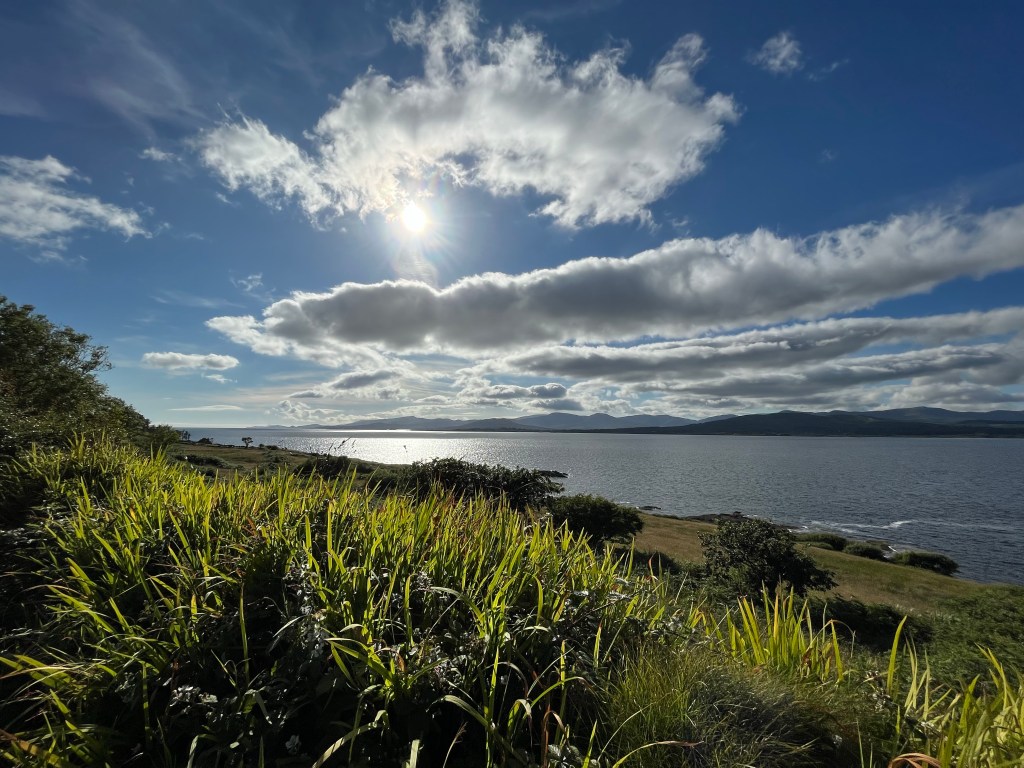

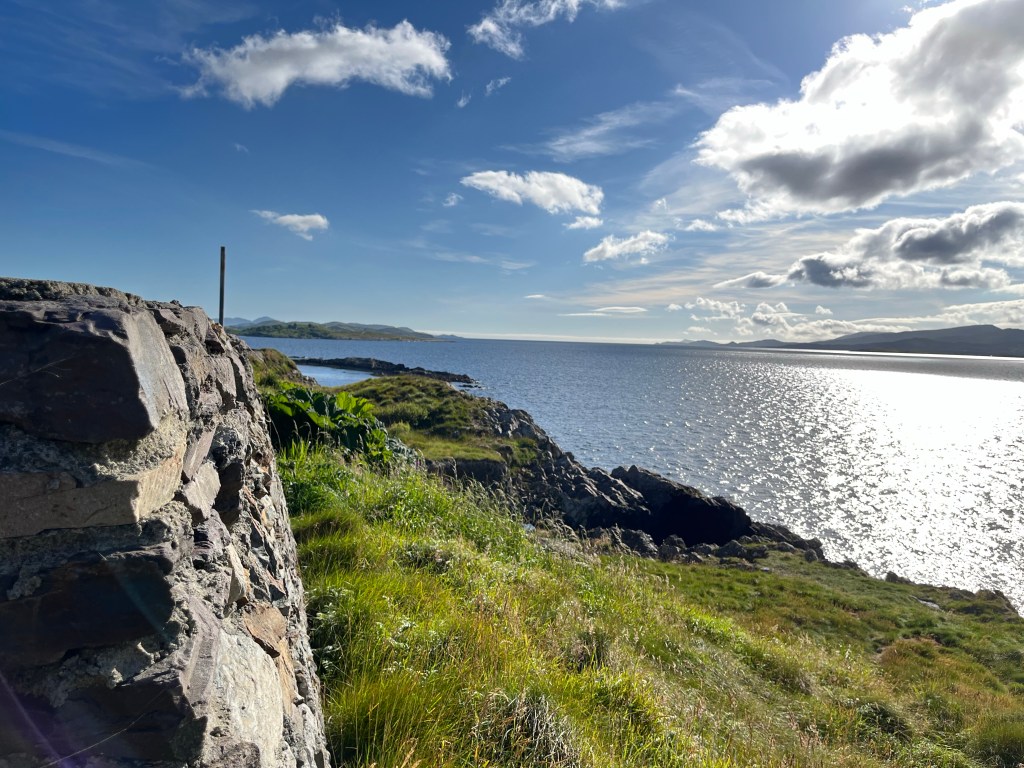
Andy told me a lot about the area and pulled over anywhere there seemed to be a good place to take a picture. Since there were very few other cars around, we sometimes stopped in the middle of the road.

At one point we came across a bar and café and Andy suggested we could stop for a beer if I wanted. I was thinking it over, but felt we were getting a little short on time. He had to be back to another town by 9 p.m. to pick up some hikers, and we were a good distance from where he needed to drop me off.
“Or you can get a Guinness to go,” he said.
That sounded like a perfect idea, so I agreed, and he turned the vehicle around. As we walked into Helen’s Bar, I said, “You’re going to be the ambassador for this Guinness to go business, right?” He assured me he would.
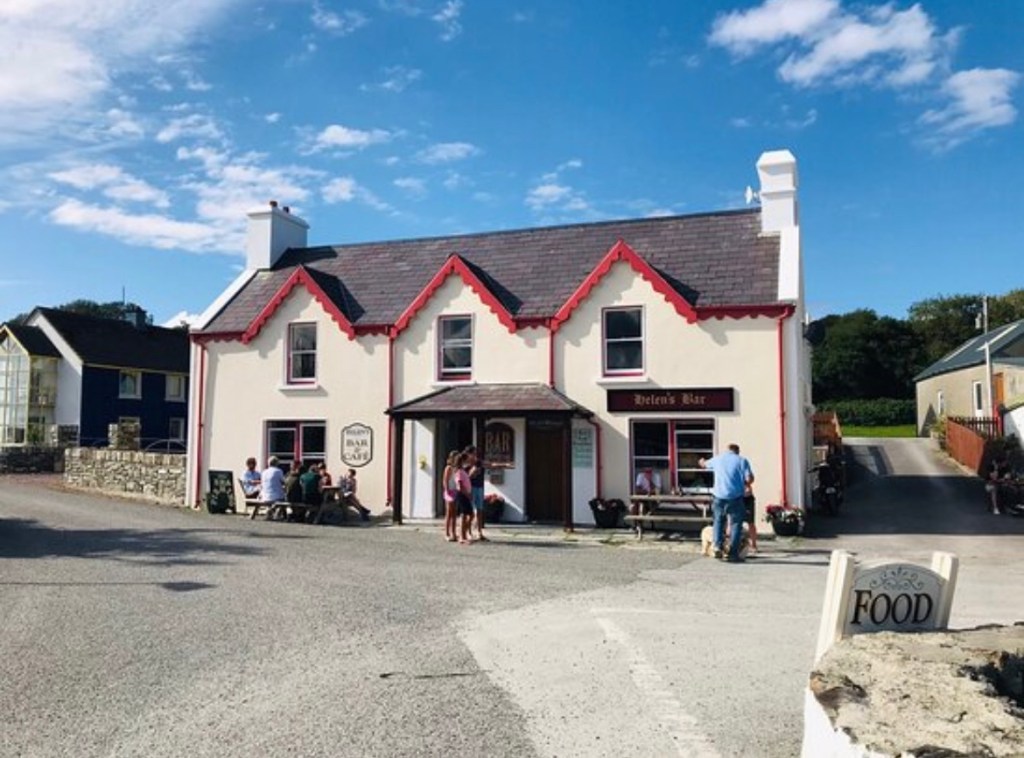
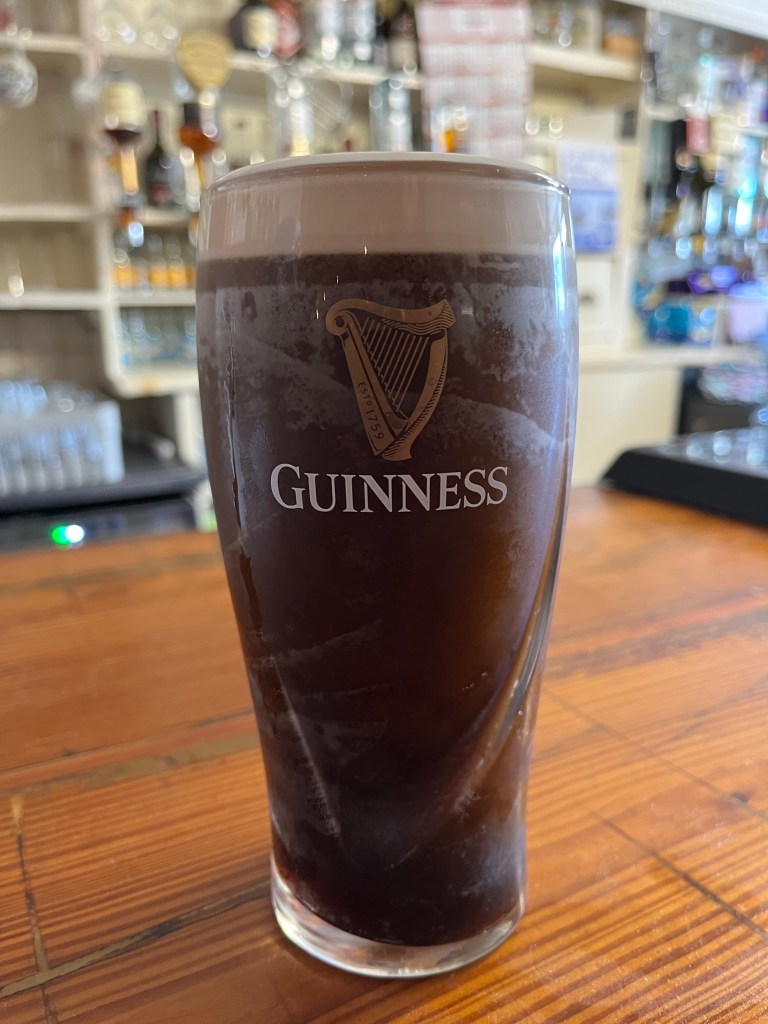
Andy knew Helen and introduced me. We talked with her for a while and then headed outside to hear a bit of the music “session” in progress (what we might call a “jam session”) before continuing on.

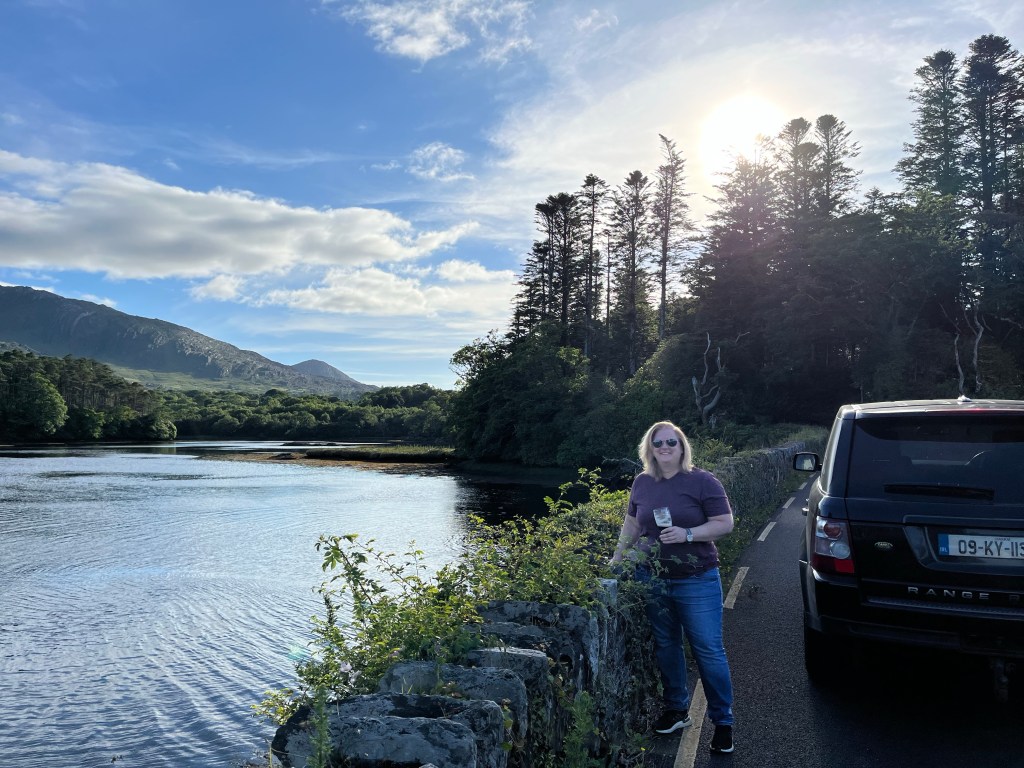


We ended up driving around for about 2 ½ hours, which was a perfect amount of time. When it was time to wrap things up, Andy offered to take me out again the next night so I could see parts of the Ring of Kerry, and I was happy I would get to see both routes.
Our first stop the following evening was the Blackwater Bridge. As I got out of the car to take pictures, Andy pointed out that he was in the poster on the side of the road.

The weather on the second night wasn’t as clear as it was the previous evening, but I still got to see the parts of the Ring of Kerry that were close to Kenmare.
I couldn’t believe how blue the water was.



We eventually turned around because the clouds were moving in and the visibility was poor. On the way back to Kenmare, we stopped into a pub that Catriona had mentioned.


Part of what was great about both nights was learning about the area. Andy was very knowledgeable about the history of Ireland and County Kerry in particular.
In addition to the spectacular views, doing the tours at night allowed me to explore Kenmare during the day. It ended up being one of my favorite places in Ireland.
The atmosphere of the town was relaxed and friendly and the triangular shape of downtown made everything walkable – restaurants, bakeries, pubs, and other shops. The Kenmare Stone Circle, Reenagross Park, and Kenmare Pier were also within easy walking distance.

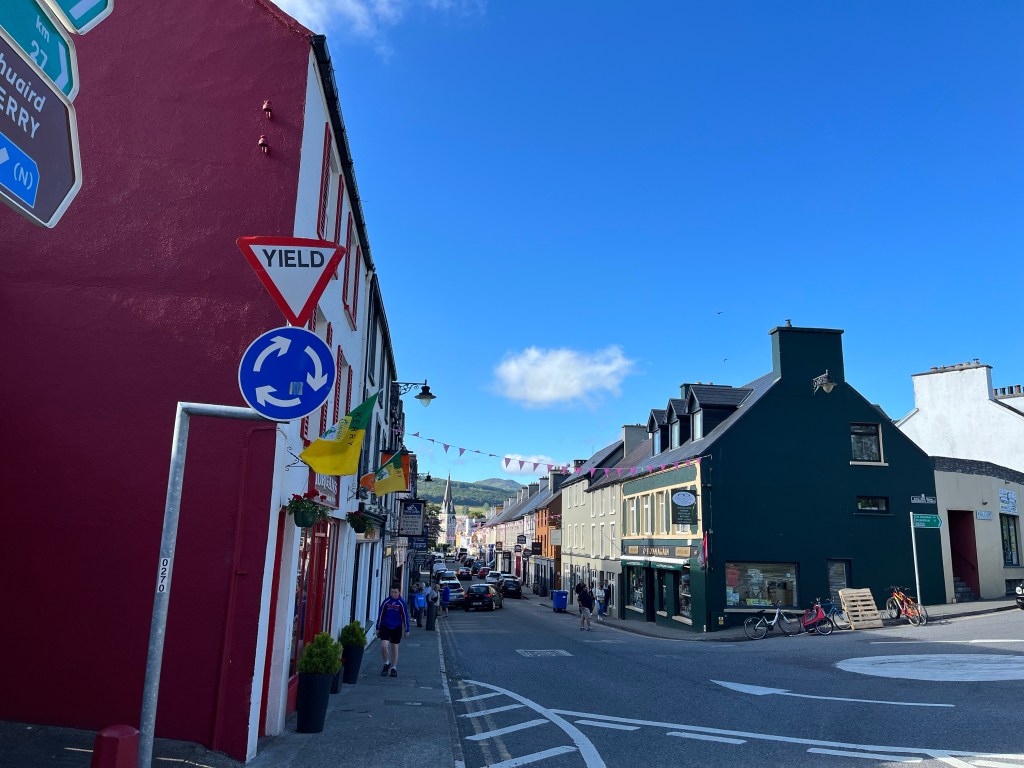


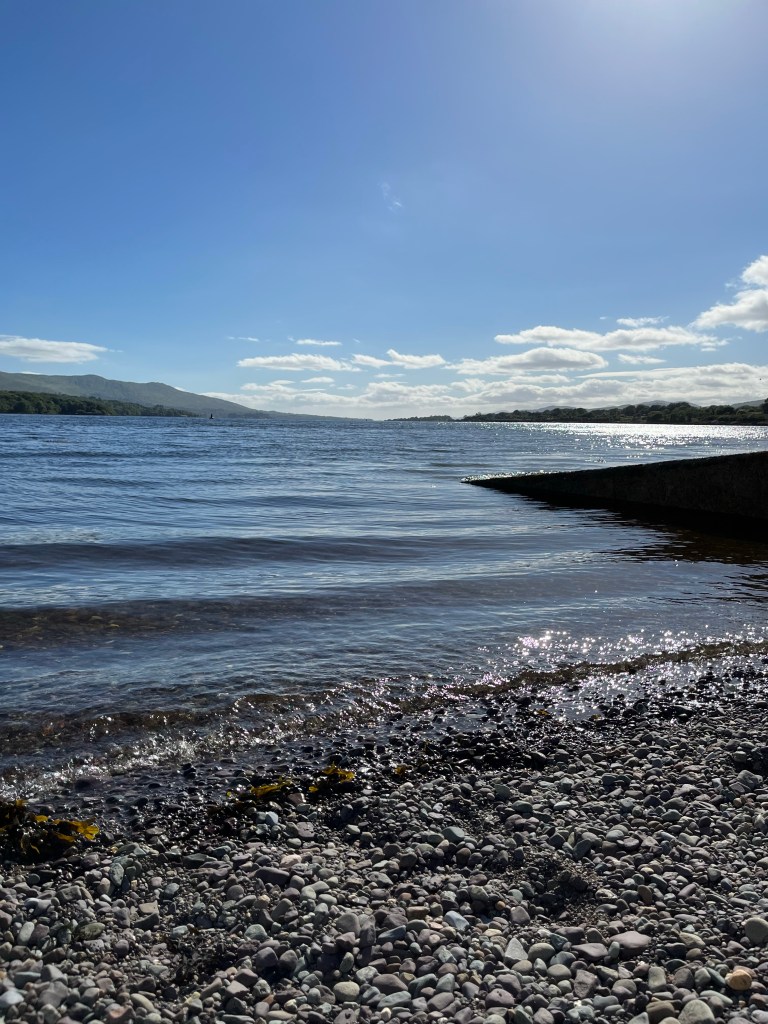


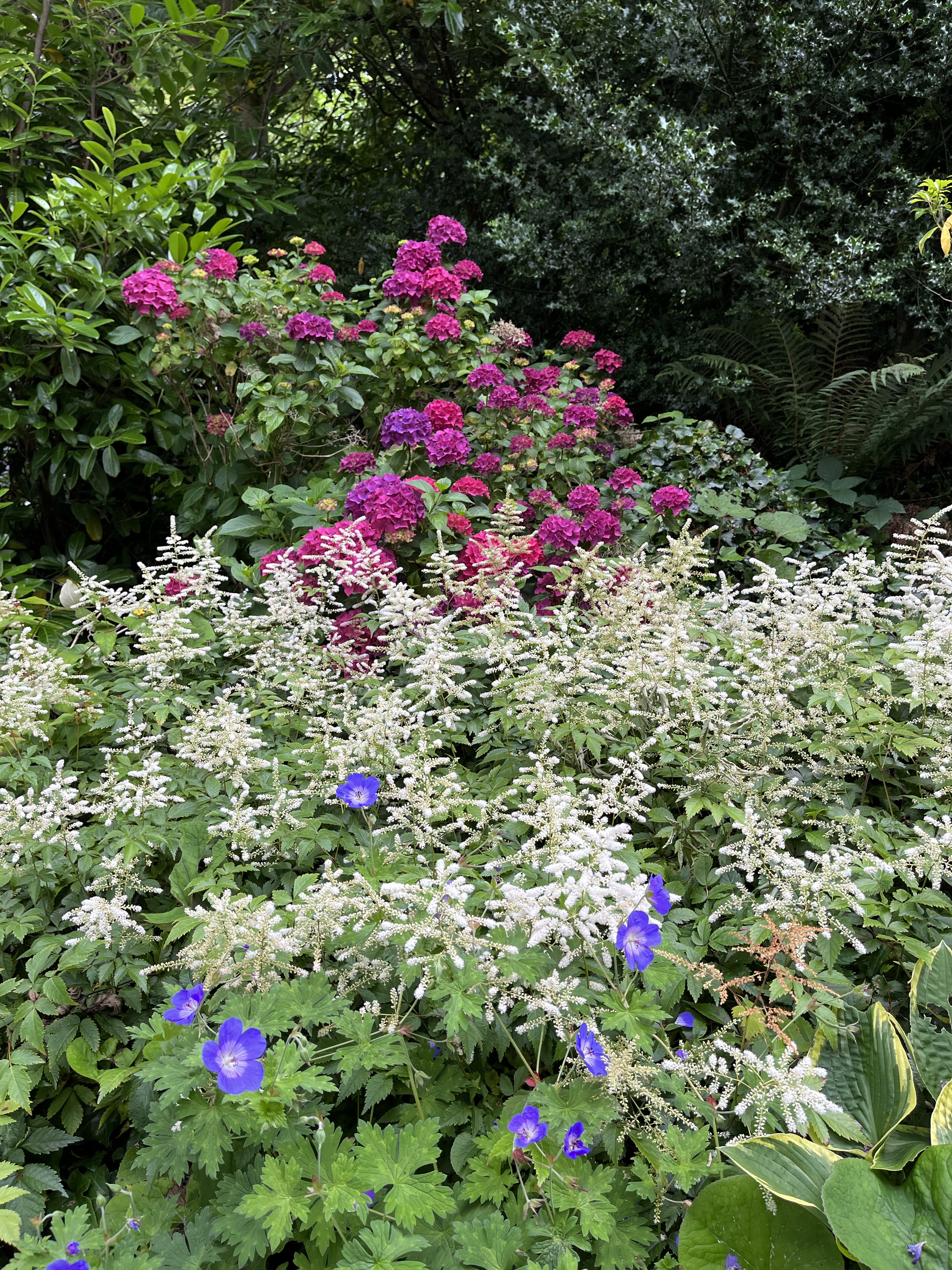
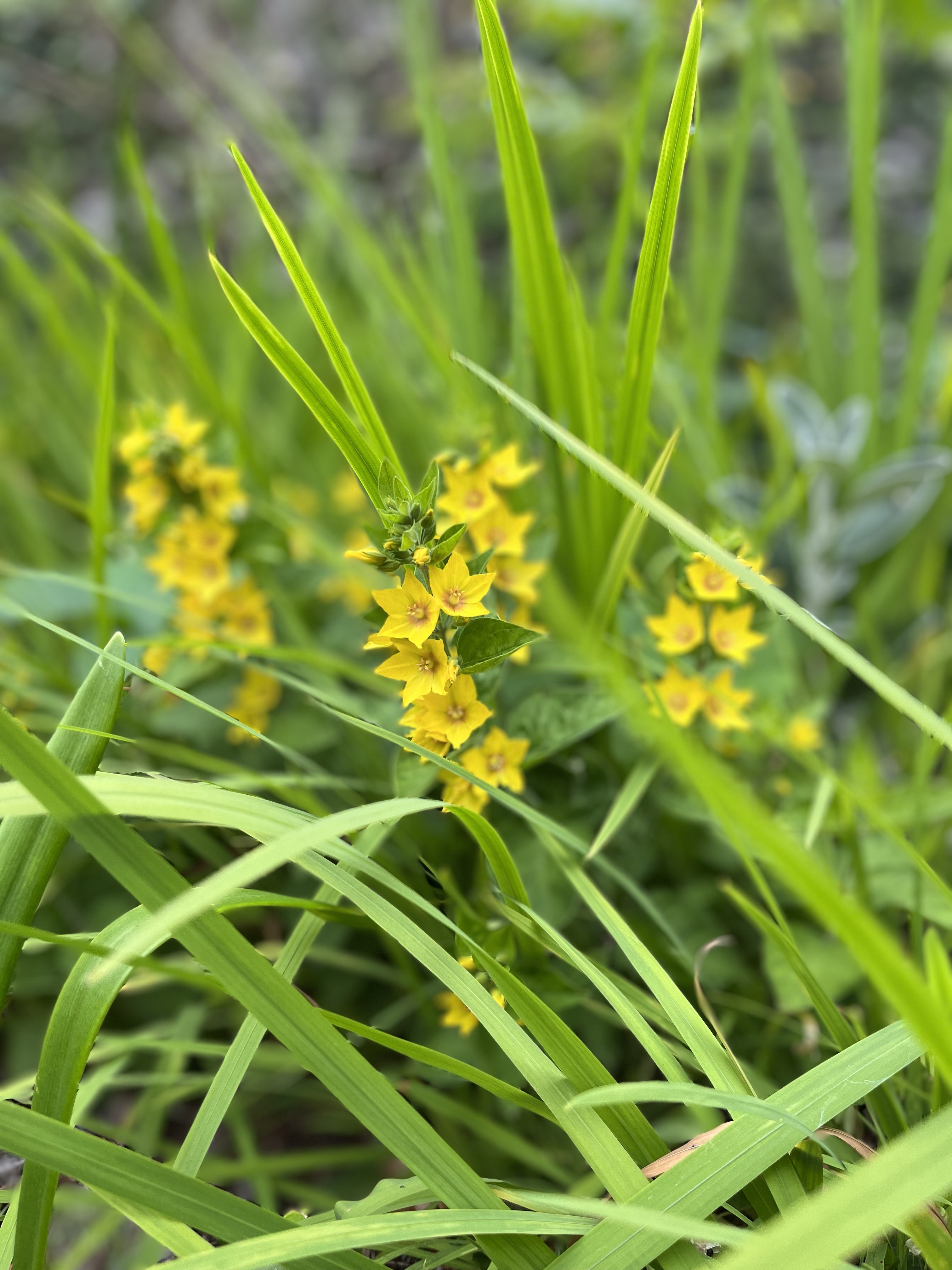
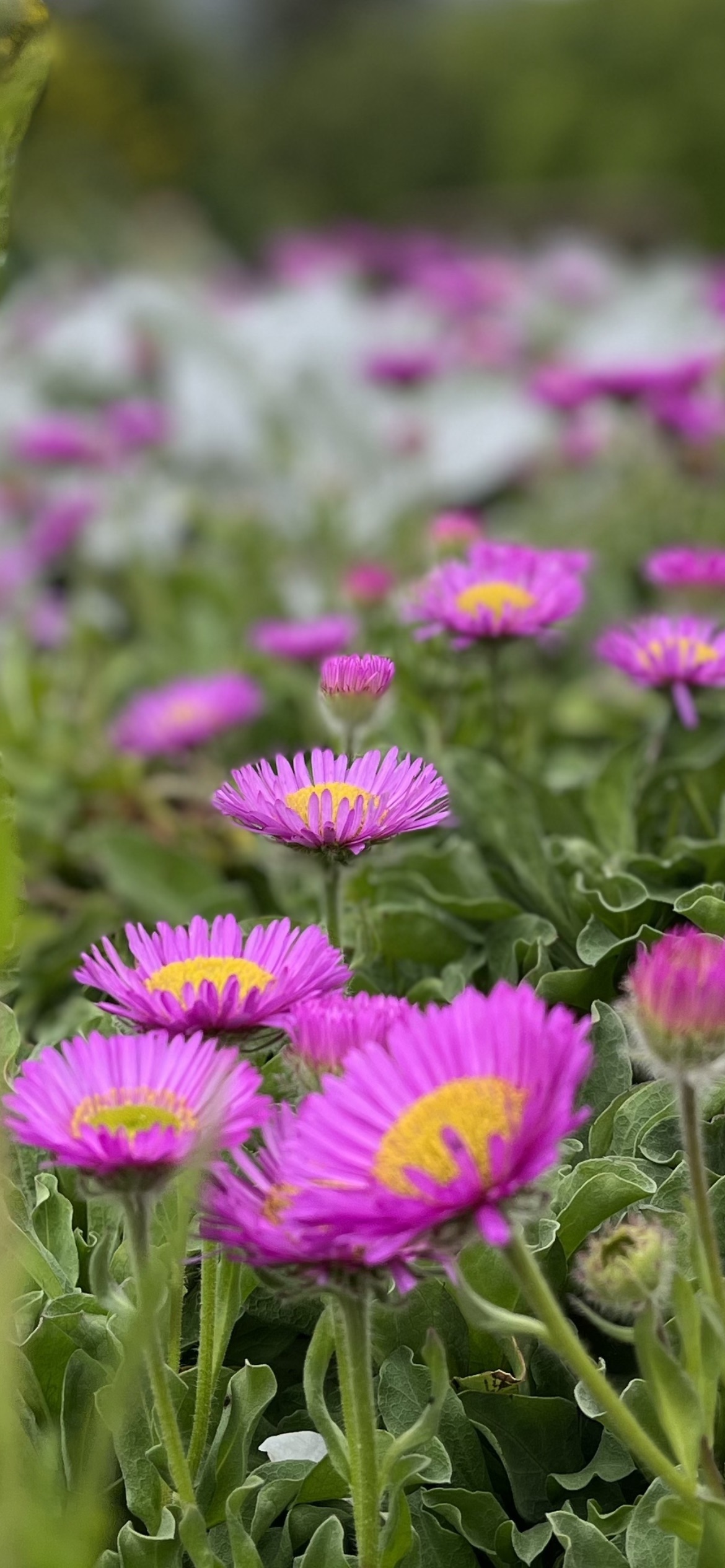
An added bonus to the week was the fun night I had at O’Donnabhain’s Pub listening to music and yukking it up with a group of people I met from Donegal who were there on vacation.

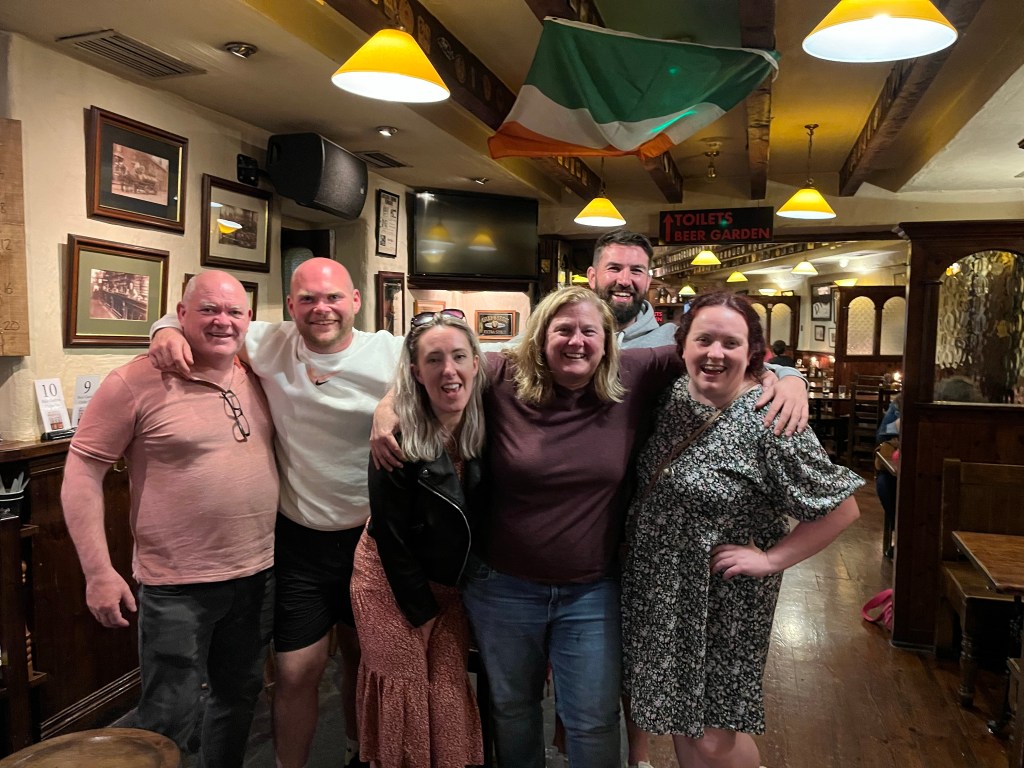
Kenmare was the perfect place to close out my travels within Ireland. The pictures of both peninsulas speak for themselves, but even they don’t do the area justice. It was honestly the most beautiful place I’ve ever seen, and I would’ve missed it altogether if I had insisted on planning everything ahead of time.
I’ve had a blank wall for a long time in my “writing room” that I was hoping to fill with pictures from Ireland. Framing my favorite photos from my time in County Kerry seemed only fitting – an extended reminder of what can happen when I loosen my grip and allow things to unfold.





